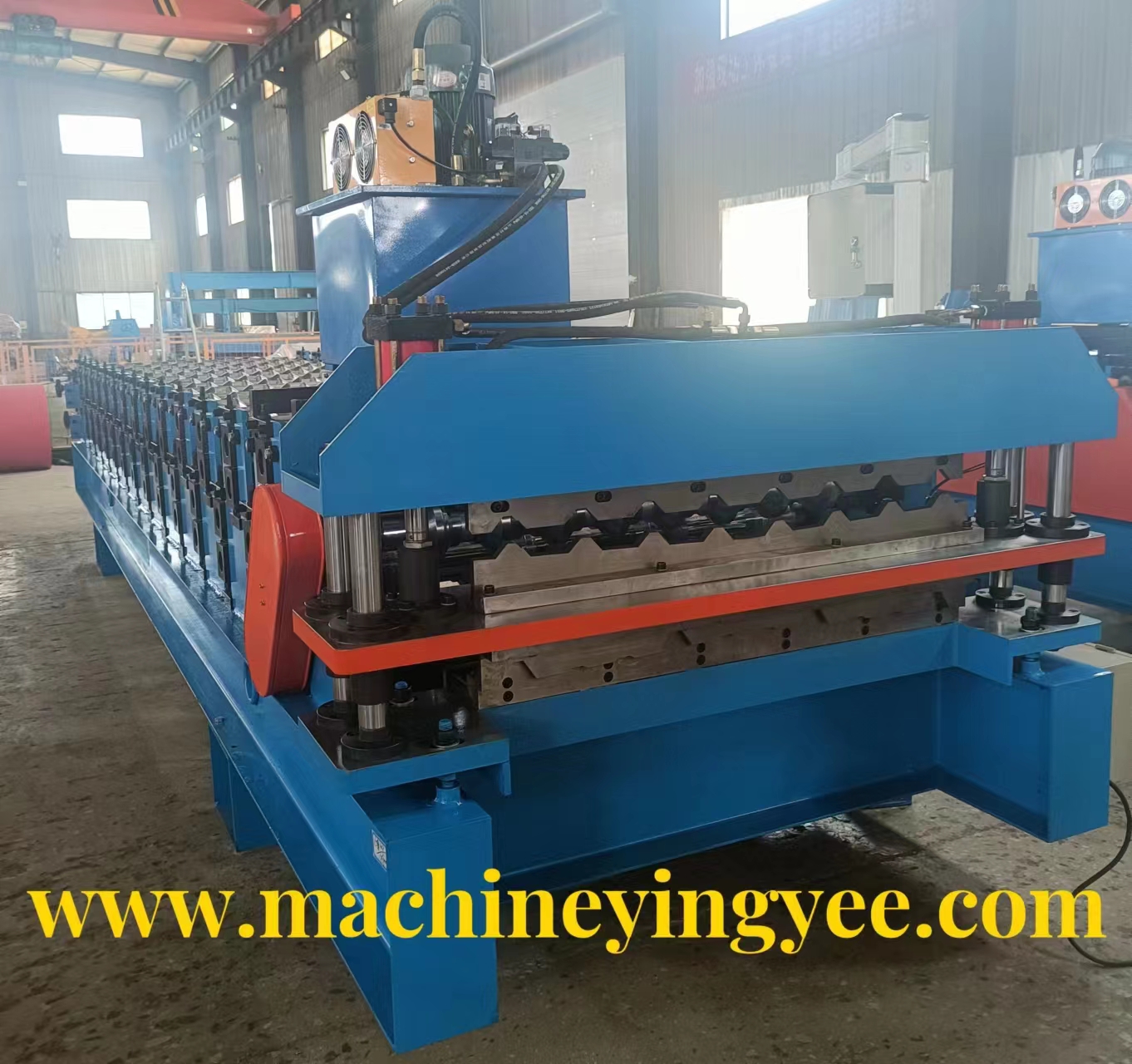
The Role of Highway Crash Barrier Roll Forming Machines in Road Safety
Highway safety has become an increasingly important concern as vehicular traffic continues to rise across the globe. One of the critical components of road safety infrastructure is the crash barrier, which plays a pivotal role in minimizing the impact of accidents and protecting both drivers and pedestrians. The manufacturing of these barriers has been revolutionized by advanced technology, notably through the use of roll forming machines designed specifically for this purpose.
Roll forming machines are specialized equipment that create continuous lengths of metal profiles by bending and shaping flat strips of metal into desired cross-sectional shapes. This process is particularly well-suited for producing highway crash barriers, which require consistency and durability to withstand the forces generated during vehicular collisions. The efficiency and precision of roll forming are essential in ensuring that the barriers meet stringent safety standards and regulations.
One of the primary advantages of utilizing a highway crash barrier roll forming machine is the ability to produce crash barriers at a high rate without compromising quality. The automated nature of these machines allows for continuous production, significantly reducing labor costs and processing times compared to traditional manufacturing methods. This efficiency enables manufacturers to respond swiftly to demand fluctuations, ensuring that there are adequate supplies of crash barriers for new road projects or upgrades to existing infrastructure.
Moreover, the roll forming process minimizes material wastage, which is environmentally beneficial. By efficiently utilizing metal sheets, manufacturers can produce more barriers with less raw material, thus contributing to sustainable manufacturing practices. Furthermore, many roll forming machines are designed to work with a variety of materials, including galvanized steel and aluminum, offering flexibility in product offerings based on the specific needs of highway projects.

The design of highway crash barriers has evolved to enhance their effectiveness in accident mitigation. Engineers and safety experts widely advocate for barrier systems that can absorb impact energy, redirect vehicles, and reduce the severity of collisions. The roll forming machines used in the production of these barriers can be customized to create profiles that optimize these safety features. By adjusting the rolling process, manufacturers can develop barriers with varying heights, widths, and thicknesses to suit different road conditions and safety requirements.
In addition to the technical advancements in manufacturing, the installation of these crash barriers is also critical for their effectiveness. Proper installation techniques ensure that the barriers function as intended and provide the necessary protection. Highway authorities often collaborate with manufacturers to establish guidelines and standards for installing crash barriers effectively, ensuring that they are positioned correctly to mitigate potential hazards.
As urban areas continue to expand and existing road networks face increased traffic, the need for robust safety infrastructure cannot be overstated. The role of highway crash barrier roll forming machines is vital in meeting these growing demands. These machines not only enhance the efficiency of barrier production but also allow for continuous innovation in barrier design to improve road safety.
In conclusion, the manufacture of highway crash barriers using roll forming technology is a critical aspect of contemporary road safety infrastructure. By providing an efficient and sustainable production method, these machines enable the creation of dependable barriers that contribute significantly to reducing the risks associated with road traffic accidents. As technology continues to evolve, we can anticipate further improvements in both the design and production processes of highway safety equipment, ultimately leading to safer roadways for all.